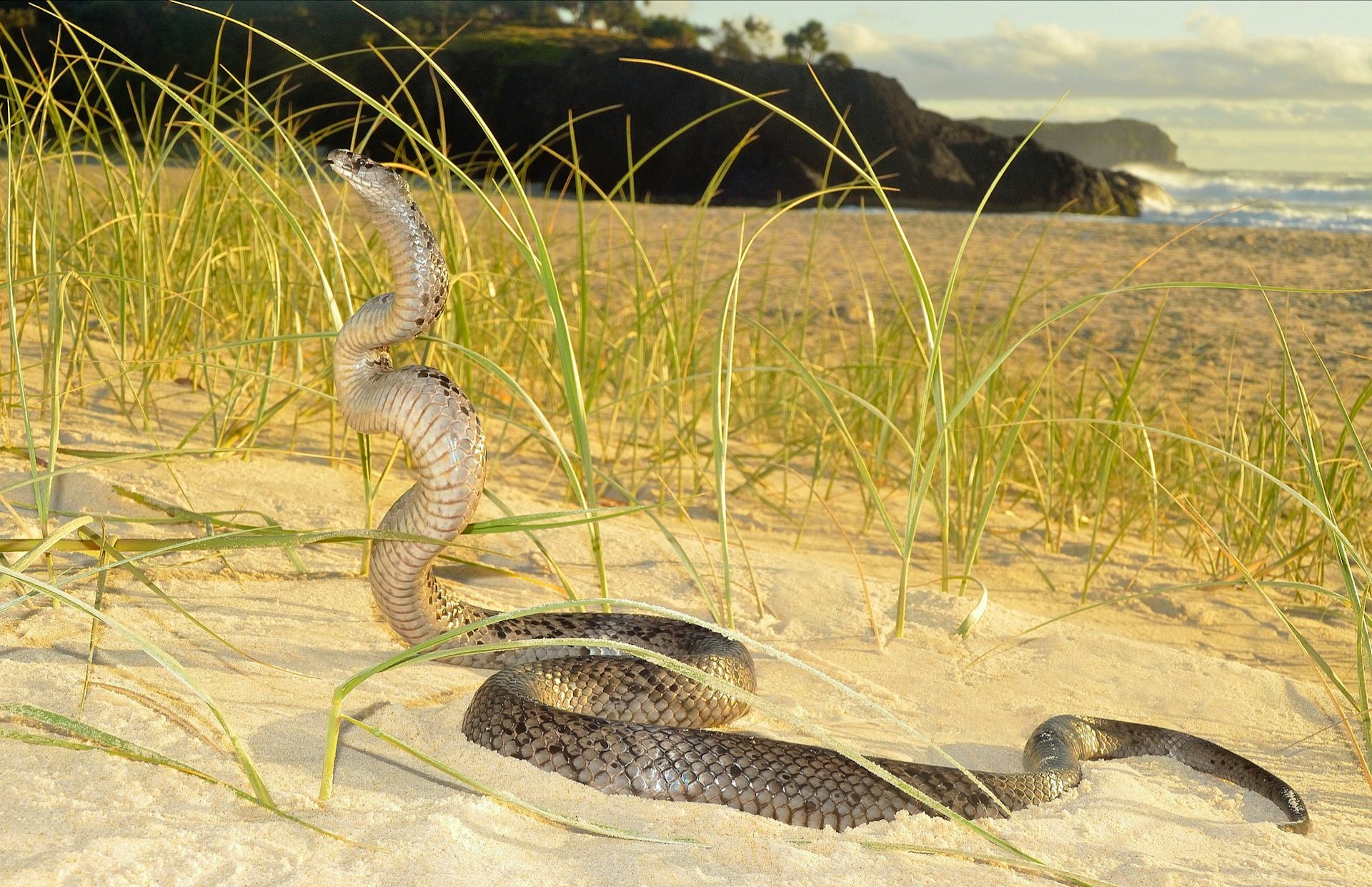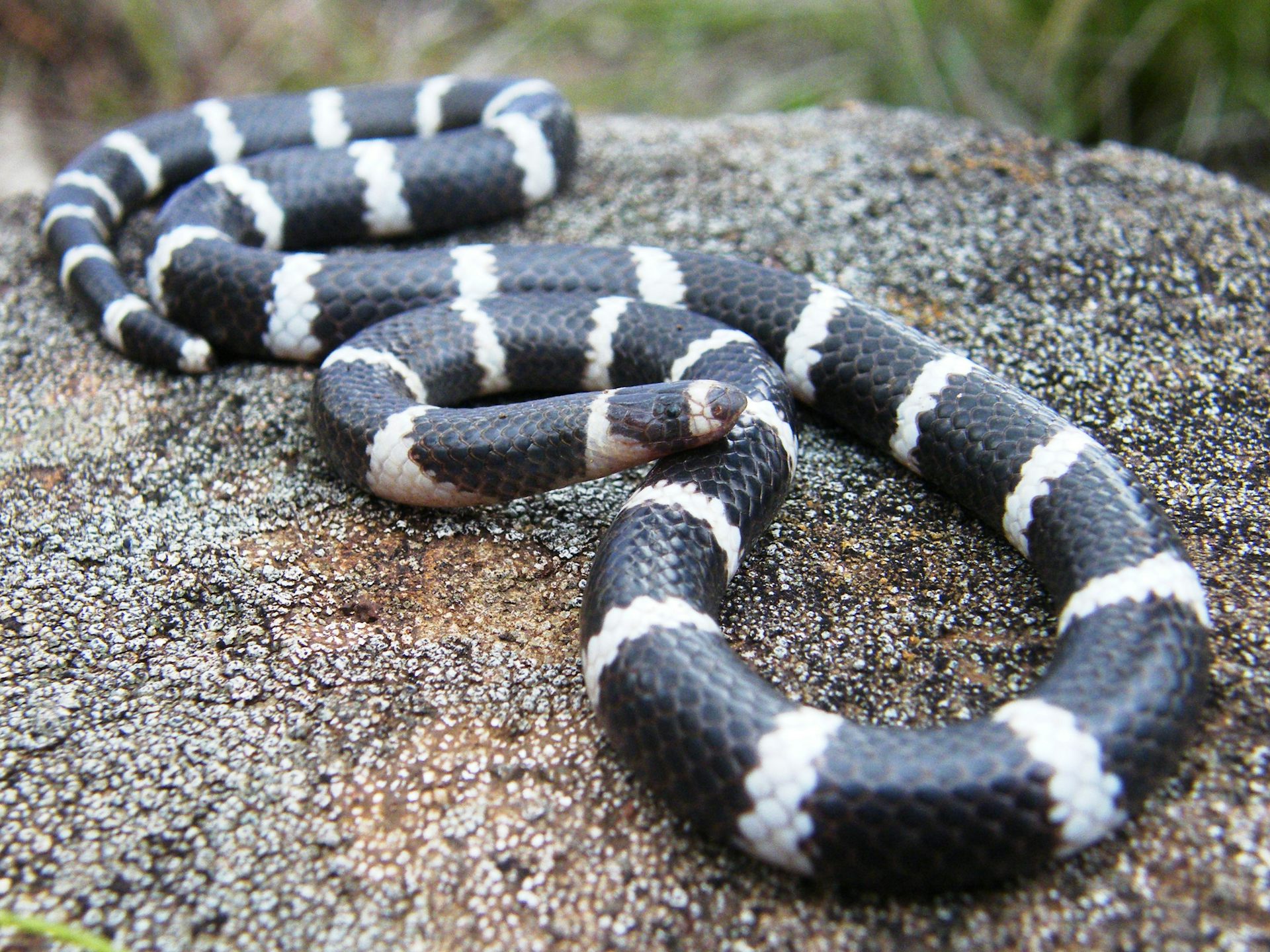Introduction
The tiger serpent is just one of Australia's many well-known reptiles, been afraid for its powerful venom and aggressive temperament. This fascinating creature plays an essential duty in the ecosystem, yet it usually deals with misunderstandings that result in unneeded concern. In this extensive article, we will certainly delve into the world of the tiger serpent, exploring its environment, poison attributes, and necessary first aid practices in instance of a snake bite.
Understanding the Tiger Serpent: Habitat, Venom, and First Aid Essentials
Tiger snakes are primarily found along the southern shoreline of Australia, consisting of Tasmania. They flourish in various atmospheres such as wetlands, coastal regions, and even city locations. Their versatility makes them effective predators; nonetheless, their closeness to human habitats commonly leads to encounters that can result in bites.
This short article aims to demystify http://martinixie477.almoheet-travel.com/how-to-develop-a-serpent-bite-emergency-treatment-package-for-outside-adventures tiger serpents by reviewing their habitat choices, analyzing their poison composition and impacts on human beings, and giving critical emergency treatment info for bites.
1. Tiger Serpent Environment: Where Do They Live?
1.1 Review of Tiger Serpent Distribution
Tiger snakes (Notechis scutatus) are largely found in southerly Australia and Tasmania. They occupy various ecosystems ranging from seaside marshes to freshwater lakes.
- Coastal Areas: Tiger serpents are commonly discovered near shorelines where they hunt for fish and amphibians. Wetlands: These areas supply adequate hiding spots and abundant prey. Urban Areas: As cities increase into all-natural environments, tiger serpents may be seen venturing into country gardens or parks.
1.2 Preferred Environments of Tiger Snakes
Tiger serpents like damp environments where water resources are readily available. Their habitats normally include:
- Marshes: The dense plant life enables them to assail victim effectively. Swamps: These locations use sanctuary from predators while supplying an abundant hunting ground. Riversides: Water bodies attract numerous animals which function as food resources for these snakes.
1.3 Environmental Variables Affecting Habitat Choice
Several factors affect where tiger Systemic Effects snakes select to live:
- Temperature: Being ectothermic (cold-blooded), they call for warm environments for optimum task levels. Prey Accessibility: High populations of frogs and little animals bring in these snakes. Shelter: Thick plants serves not only as camouflage however additionally as protection against possible threats.
2. Are Tiger Snakes Venomous? Understanding Their Venom
2.1 Composition of Tiger Serpent Venom
Yes! Tiger snakes are indeed poisonous animals. Their poison is a complicated mixture including neurotoxins that can trigger paralysis and coagulopathies impacting blood clotting mechanisms.
Key Components of Venom:
- Neurotoxins: Impact nerve feature leading to paralysis. Hemotoxins: Damages blood vessels triggering interior bleeding.
Understanding these components aids us appreciate the potency of a tiger snake bite.
2.2 Impacts of a Tiger Serpent Attack on Humans
A bite from a tiger serpent can result in severe symptoms:
- Local Symptoms: Pain, swelling, and discoloration at the bite site. Systemic Signs: Nausea, vomiting, trouble taking a breath due to paralysis or tightness of airways.
Severity Levels
Minor Bite: Localized pain without systemic symptoms. Moderate Bite: Systemic signs and symptoms but manageable with medical care. Severe Bite: Dangerous; calls for prompt clinical intervention.3. Recognizing Various Types of Tiger Snakes
3.1 Eastern vs Tasmanian Tiger Snakes
There are 2 key categories based on geographic distribution:
Eastern Tiger Snake (Notechis scutatus)
Found along eastern shorelines approximately Queensland.
Tasmanian Tiger Serpent (Notechis scutatus)
Adapted specifically to Tasmania's special setting with somewhat varying coloration patterns.
3.2 Shade Variations in Habitat Preferences
Tiger serpents display substantial shade variations depending on their environment:
- Coastal populaces frequently present red stripes or spots for better camouflage against sandy shores.
4. Behavior Patterns of Tiger Snakes
4.1 Hostility Level
Tiger snakes are understood for their hostile habits when threatened or caught which can bring about defensive strikes if provoked.

4.2 Hunting Techniques
They possess amazing dexterity allowing them to strike quickly at prey such as frogs or little rats generally throughout golden hours when they're most energetic-- making them nocturnal hunters!
5. Emergency Treatment for Snake Bites: Necessary Actions You Have To Know
When it comes to managing snake attacks, understanding is vital!
5.1 Immediate Actions After a Bite
If bitten by a tiger snake:
Stay calmness! Panic increases heart price which spreads poison quicker via your bloodstream.
Apply stress around the wound using tidy fabrics-- stay clear of cutting or sucking out venom!
Remove tight clothing/jewelry near the bite website; swelling may occur rapidly.
Immobilize the influenced arm or leg making use of splints preferably-- this restricts activity aiding decrease venom spread!
5.2 Obtaining Clinical Help
Seek emergency situation clinical aid right away! Time is vital when taking care of potential envenomation from tiger snakes!
5.3 Emergency treatment Set Basics for Serpent Bites
Having a well-equipped first aid package can make all the distinction during emergency situations:
|Product|Summary|| ------|-------------|| Stress Plaster|Helps immobilize wound|| Sterilized Gauze|For clothing wounds|| Emergency Contact Details|Quick access numbers|| Antivenom Details|Understanding regarding local antivenoms|
6 FAQs Concerning Tiger Snakes
Q1: Are all tiger snakes dangerous?
A: While all have venomous abilities affecting people substantially-- most like evasion unless threatened!
Q2: Exactly how swiftly does tiger serpent venom influence humans?
A: Symptoms may manifest within mins relying on location & & quantity infused during envenomation events!
Q3: Can you make it through a tiger serpent bite without treatment?
A: Neglected attacks can be fatal as a result of quick development; instant medical care is crucial!
Q4: What ought to I do if I come across one?
A: Keep range & & retreat slowly; prevent unexpected motions that might prompt aggression!
Q5: Exactly how usual are attacks from tiger snakes?
A: Although experiences happen often-- real attacks stay fairly unusual due mostly due preventive steps taken by homeowners living within affected ranges.
Q6: Is there a remedy available?
A: Yes! Antivenoms certain for Australian varieties exist-- medical facilities carry these drugs all View website set when required quickly post-bite incidents!
7 Conclusion
Understanding the intricacies surrounding "Recognizing the Tiger Snake: Environment, Venom, and Emergency Treatment Basics" is extremely important not just for personal security but likewise promoting coexistence with these exceptional creatures inhabiting Australia's landscape! By discovering more about their habits & & efficient feedback approaches pertaining to possible experiences-- we furnish ourselves much better versus unneeded anxieties while valuing nature's diversity fully! So allow's embrace education and learning instead are afraid-- it leads towards consistency in between mankind wild animals alike!

